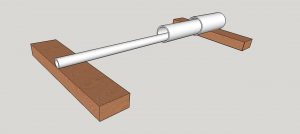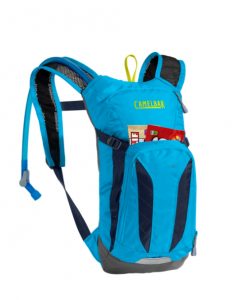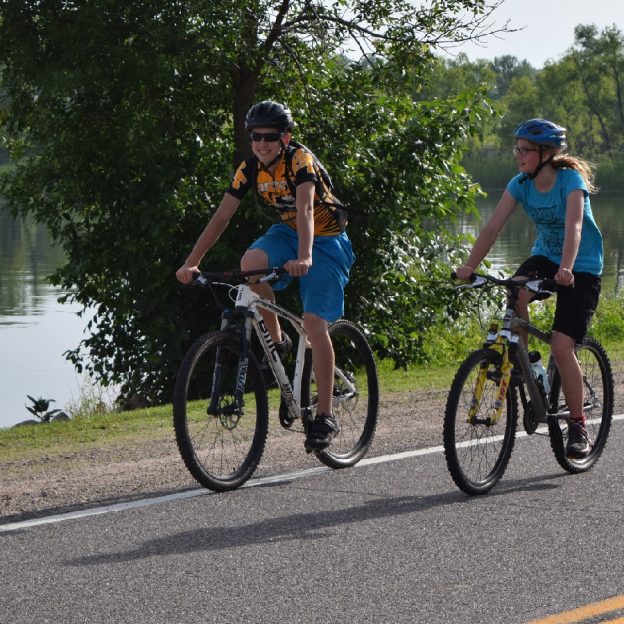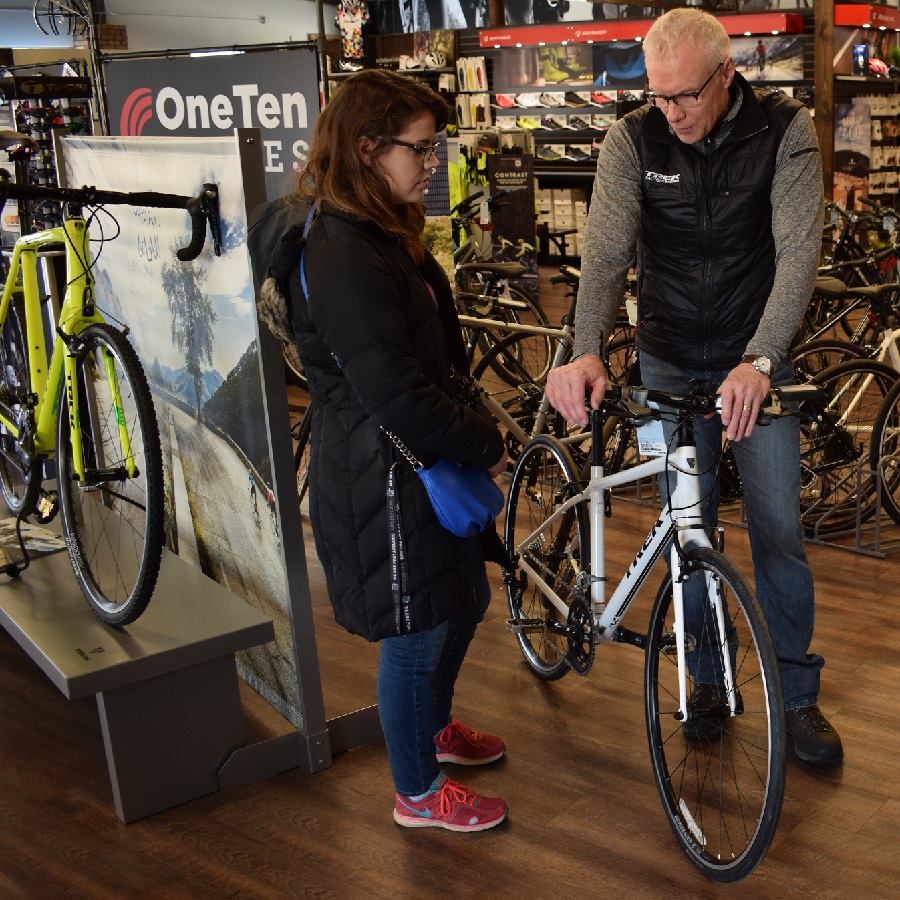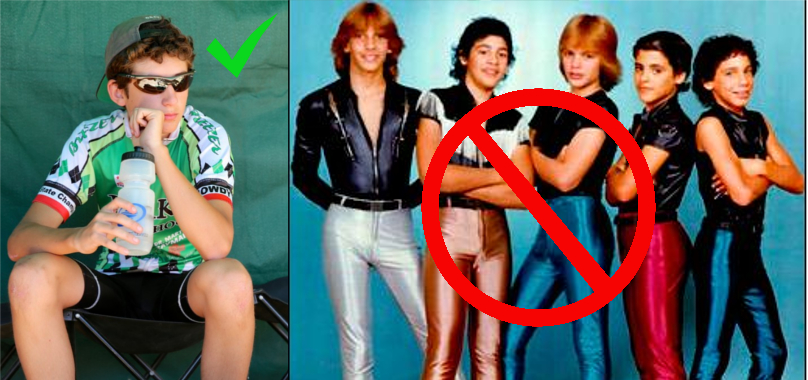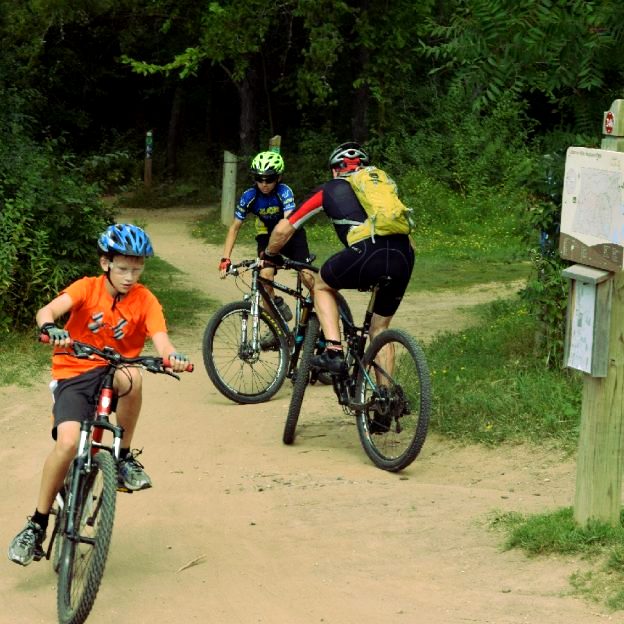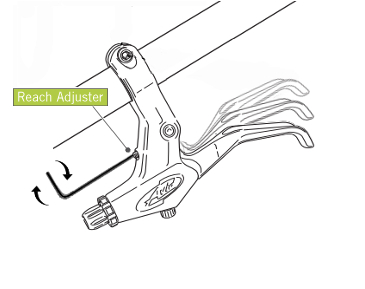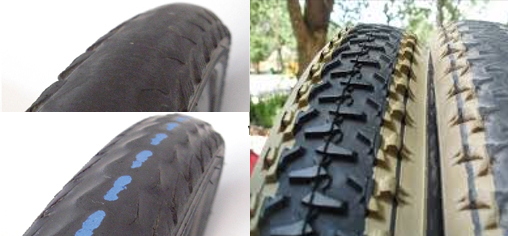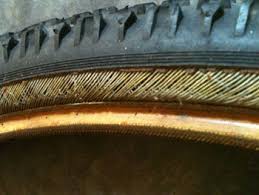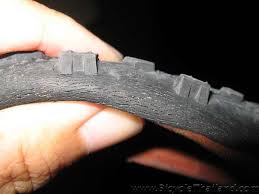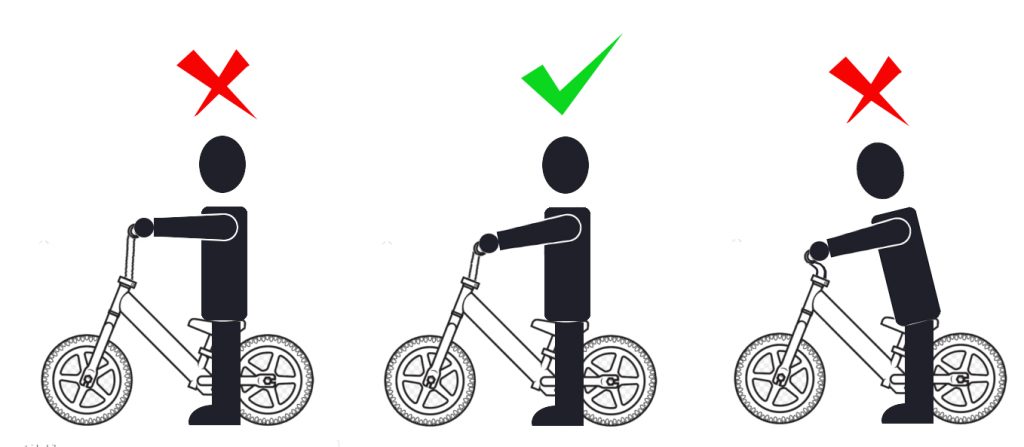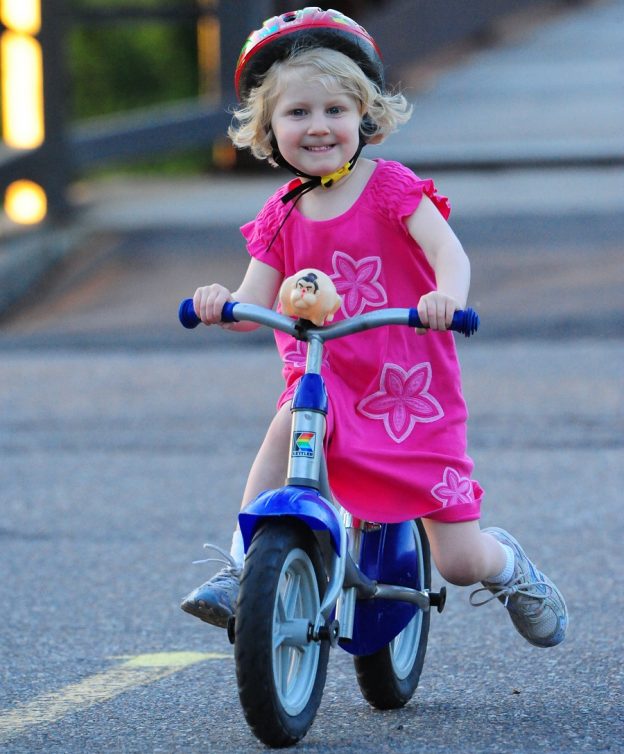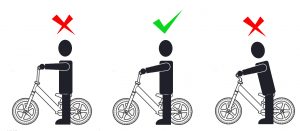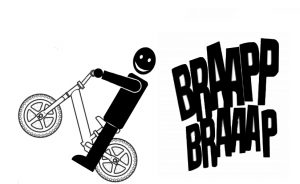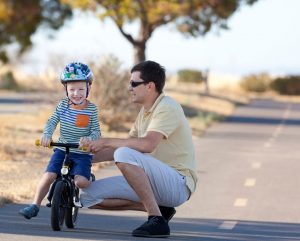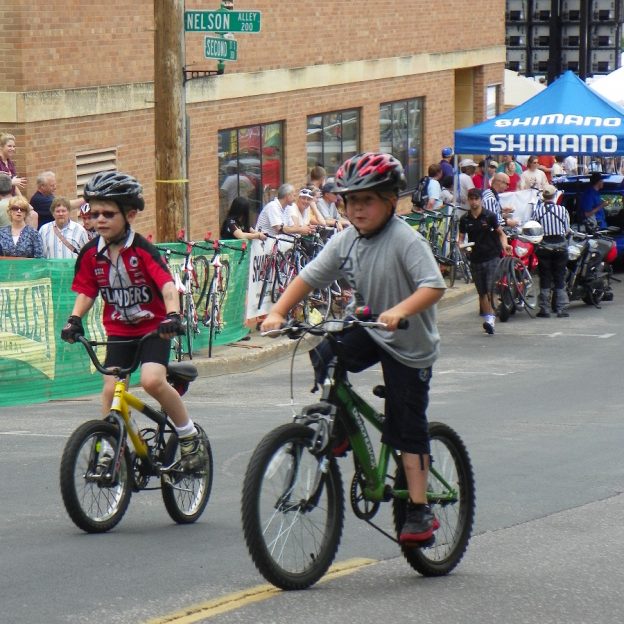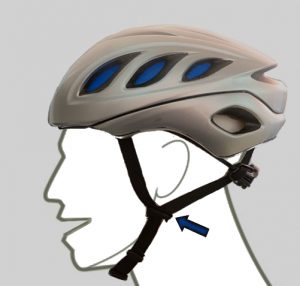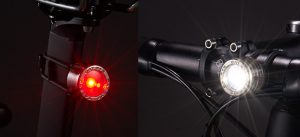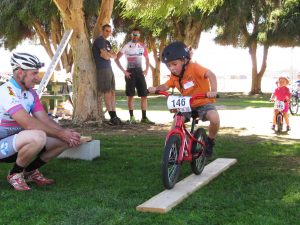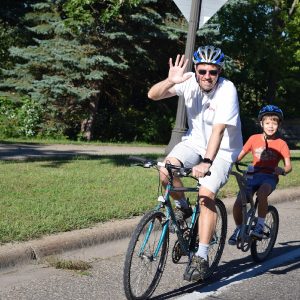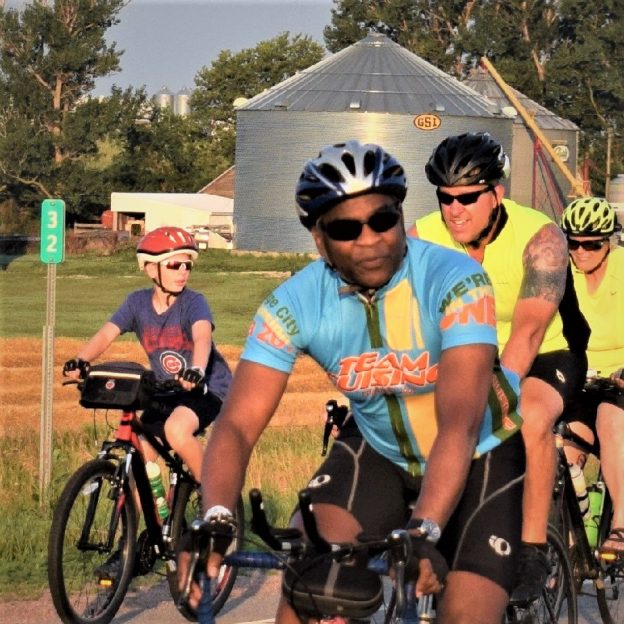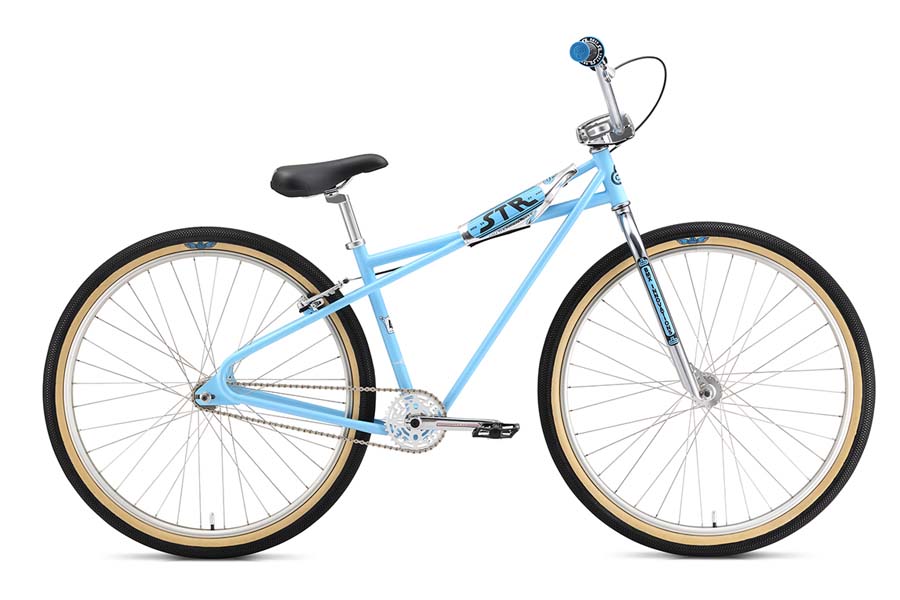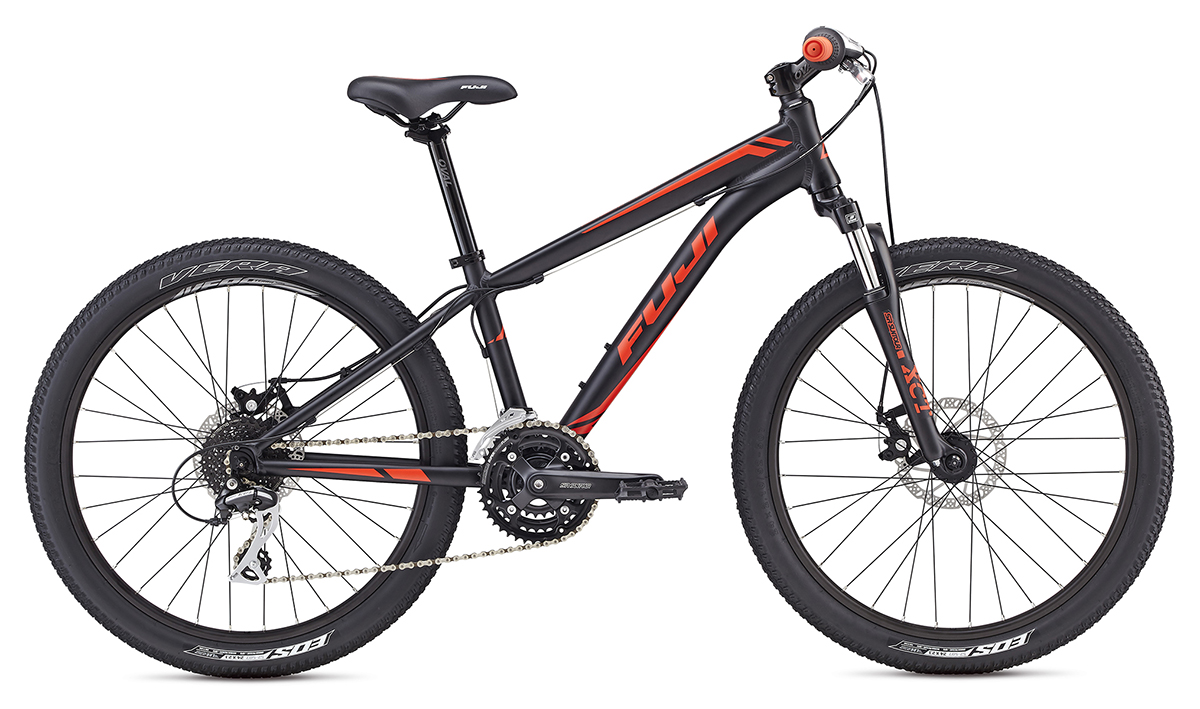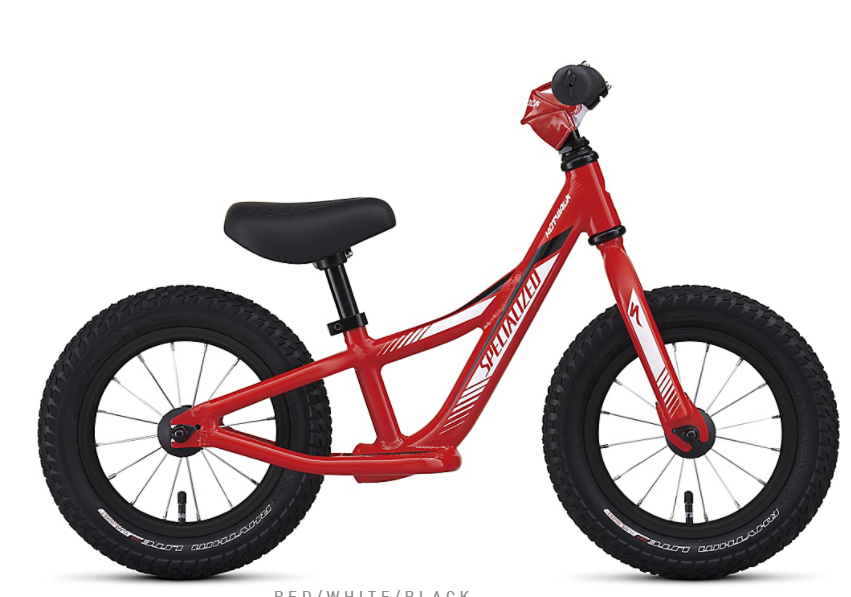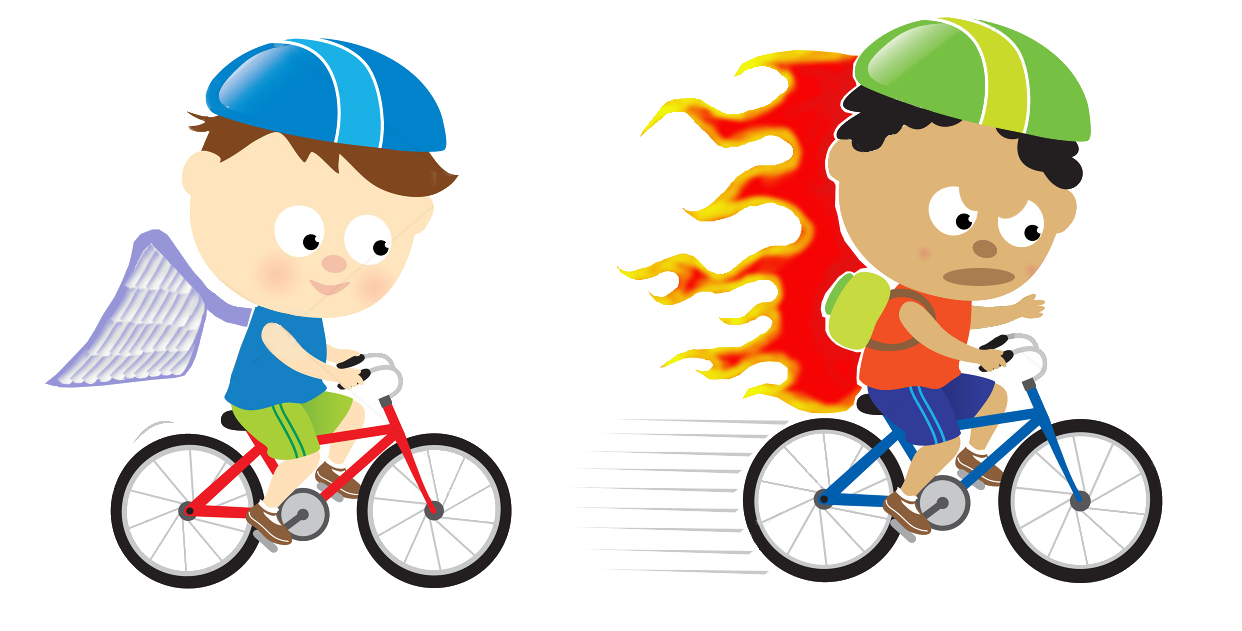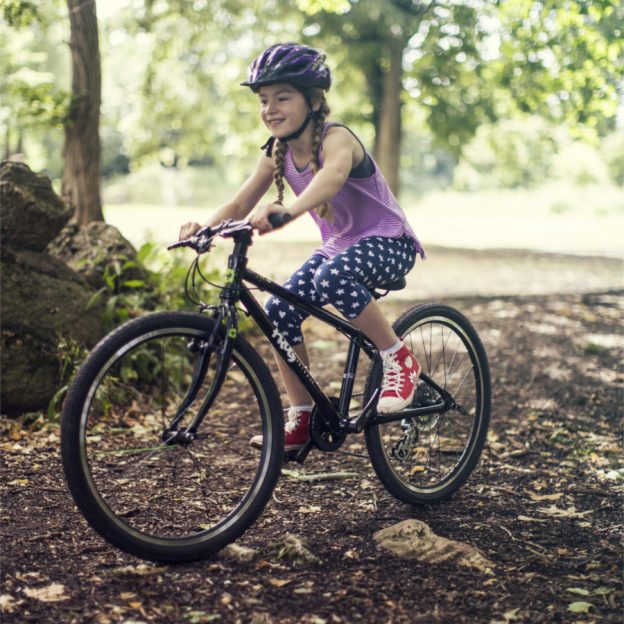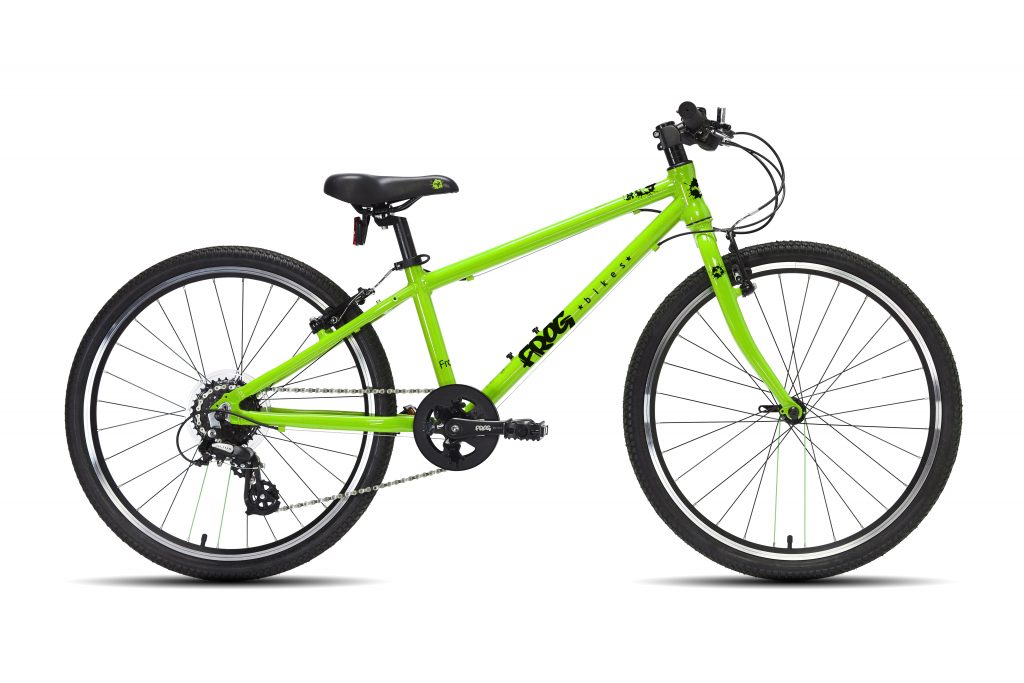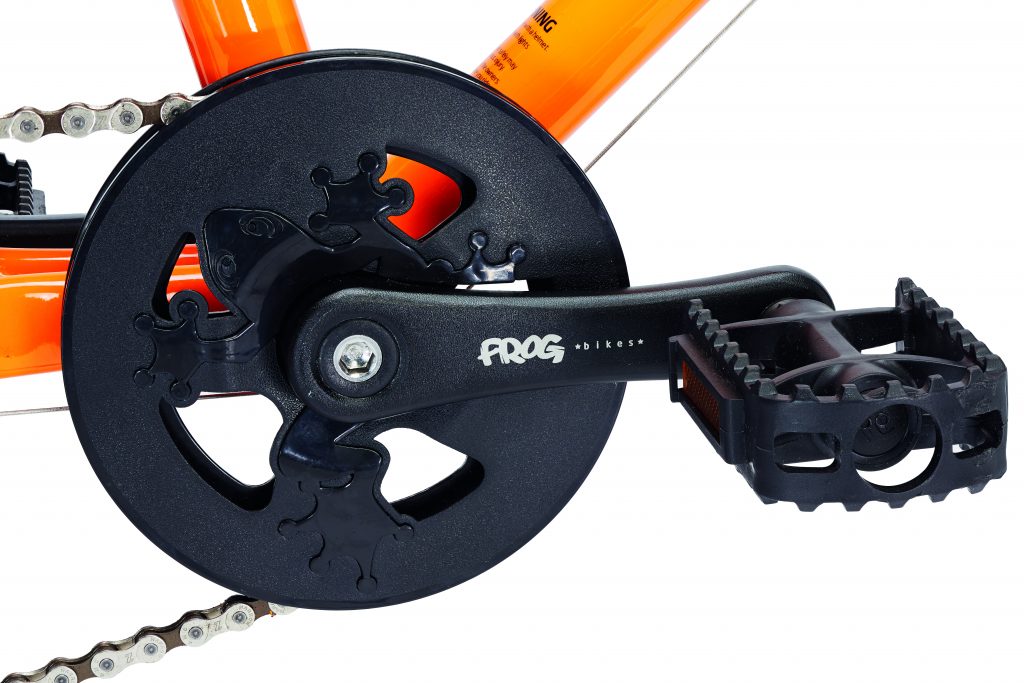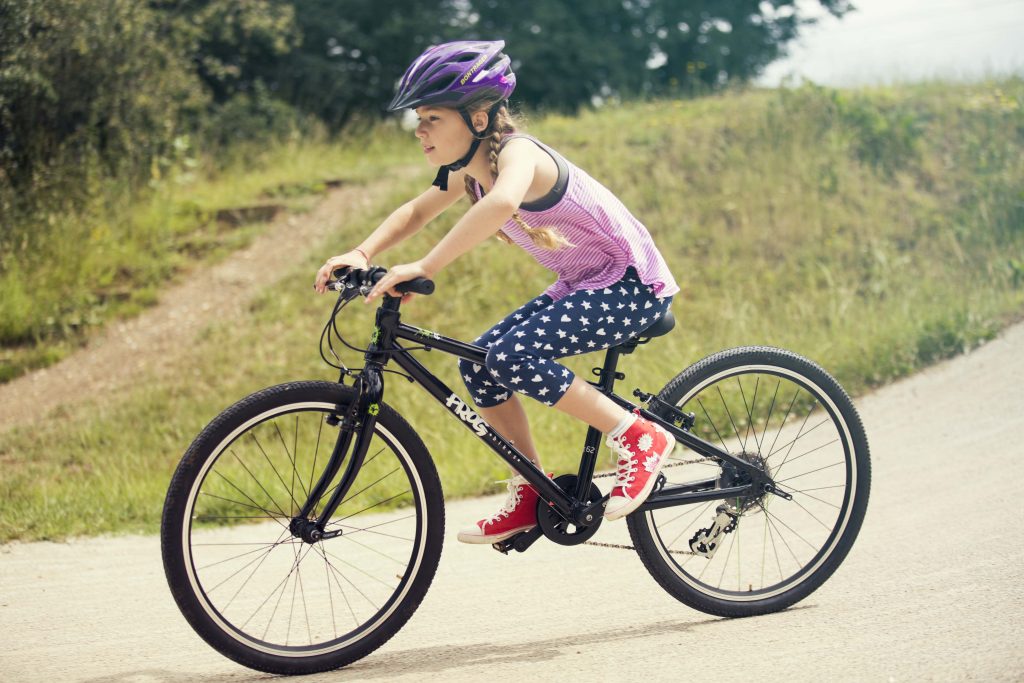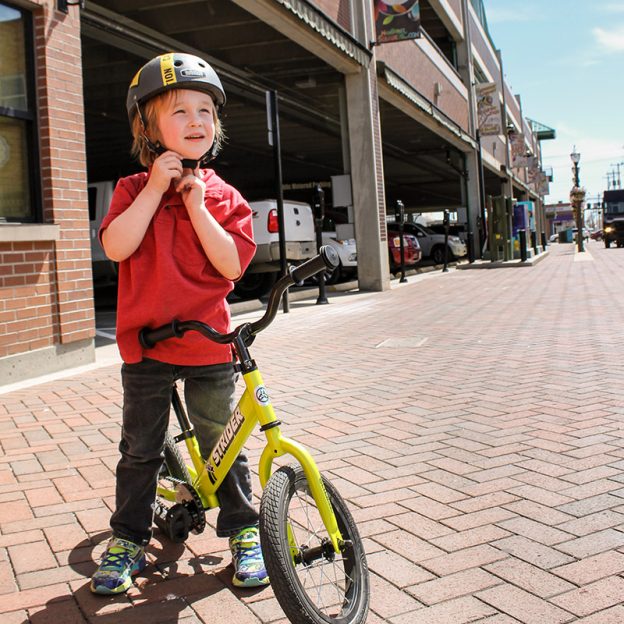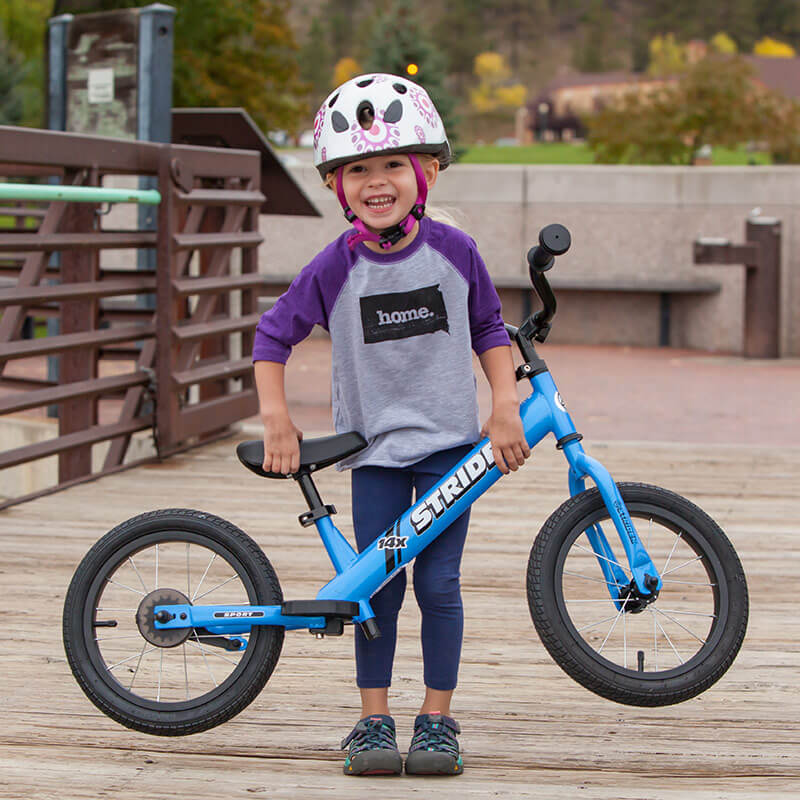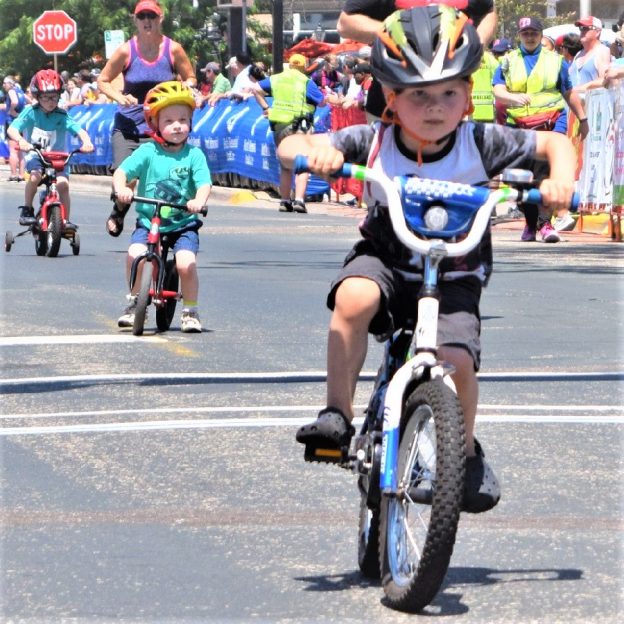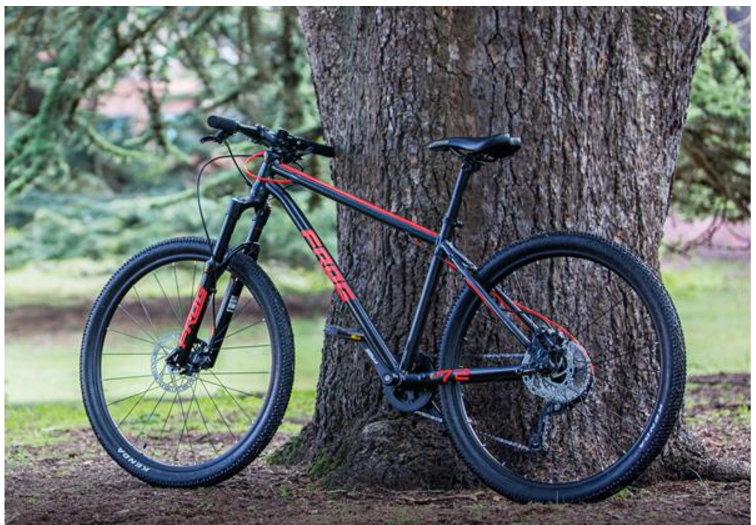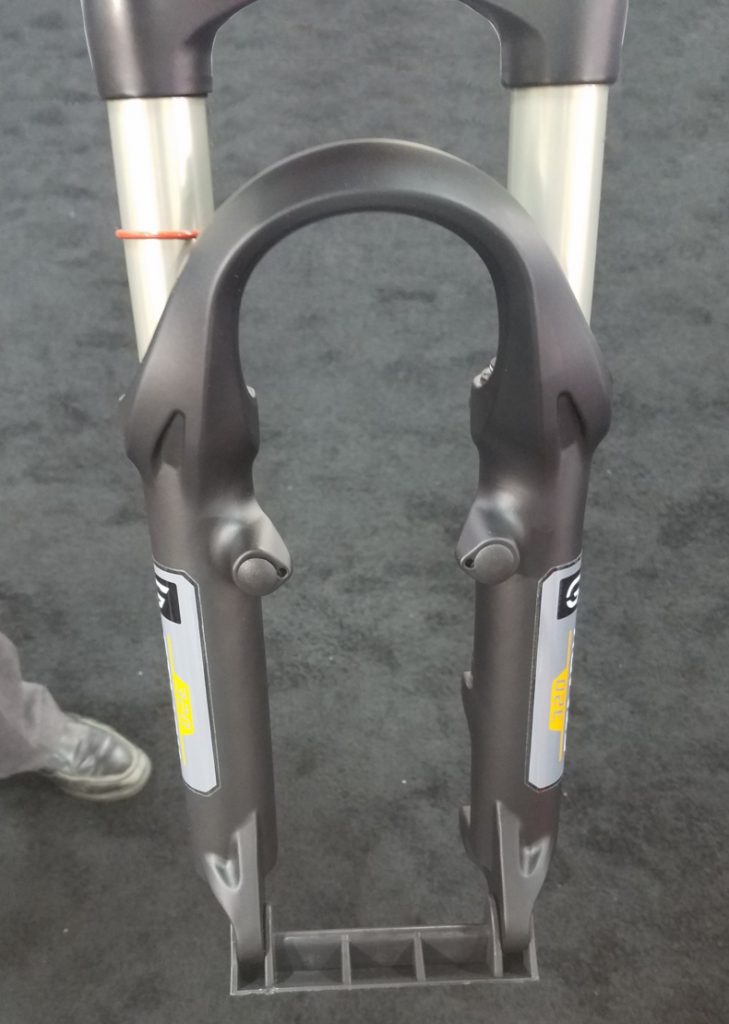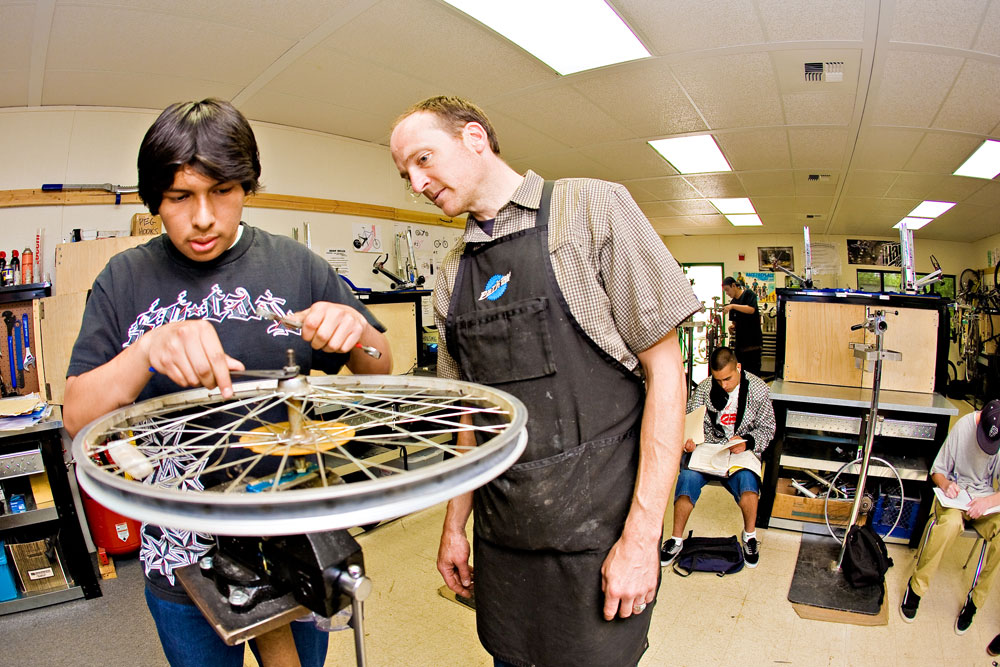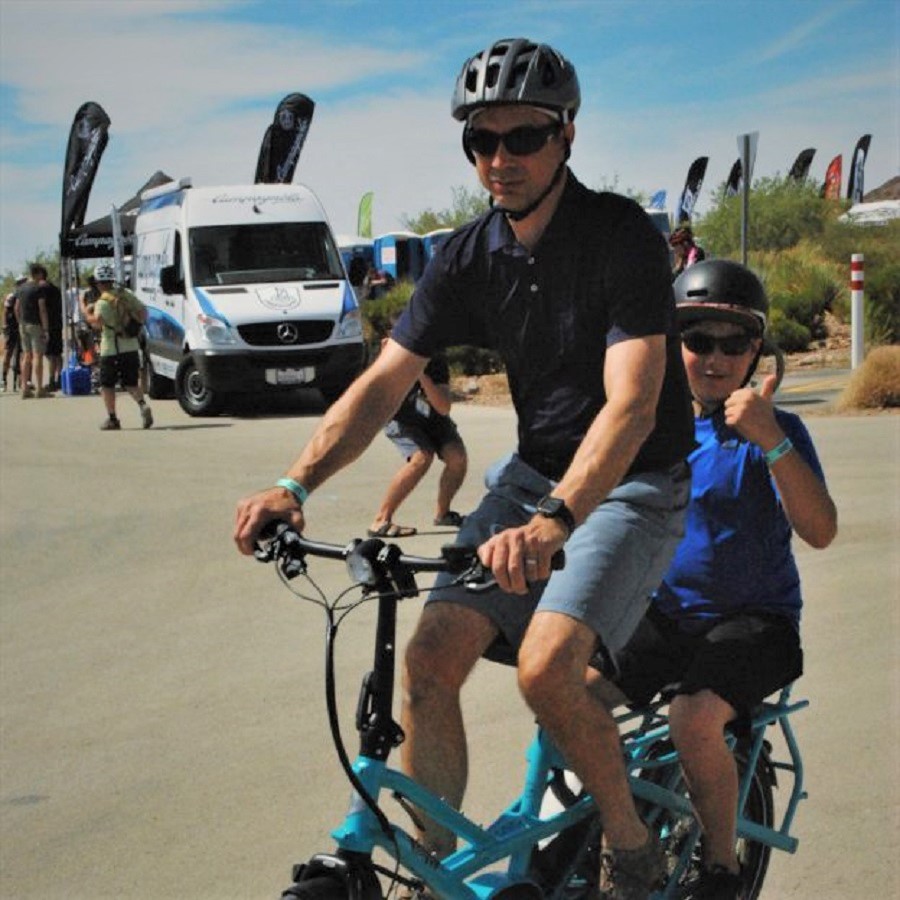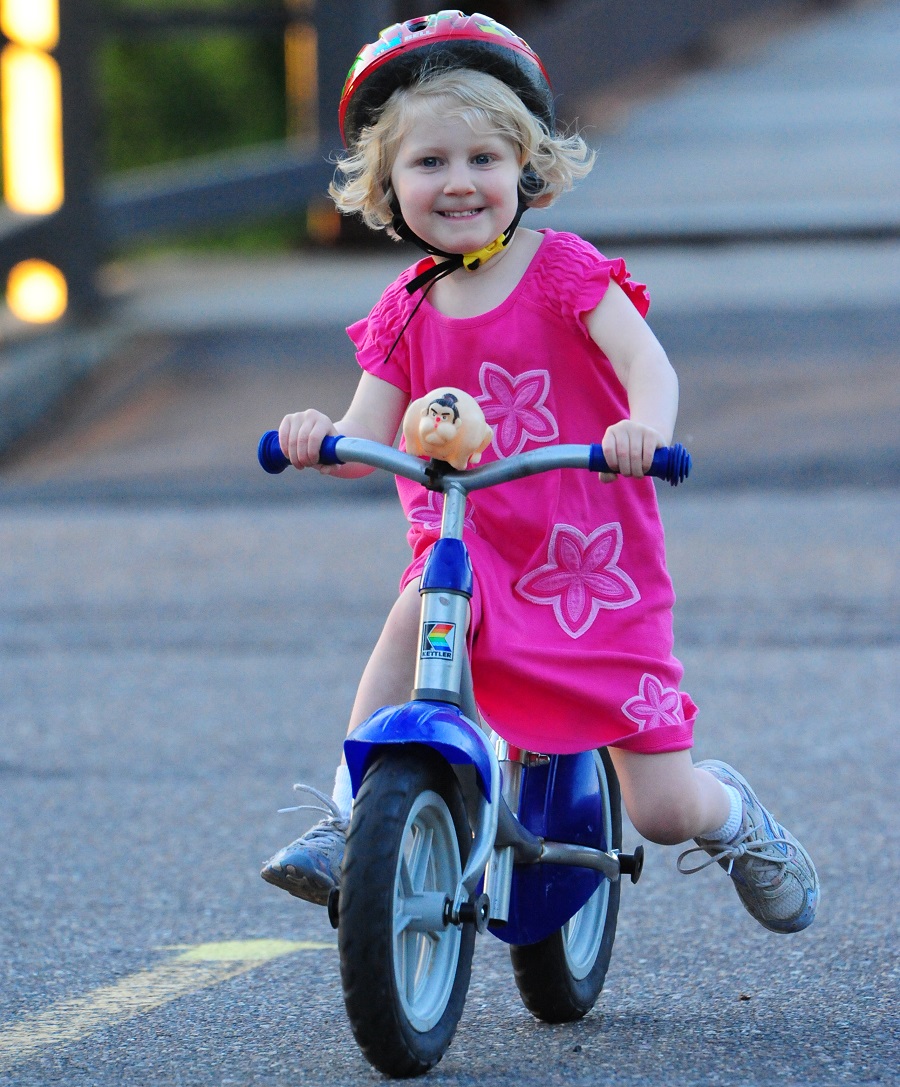by John Brown,
I love riding my Mountain bike and want to share that passion with my boys. I am dedicating weekends to kids’ mountain bikes to teach them to love the sport. The sense of freedom and excitement it gives me has been amazing to experience through their eyes. Here are a few tips I’ve learned along the way.
Kid’s mountain bikes
Dozens of companies produce kid’s mountain bikes. They often have suspension, brakes, and gears similar to adult versions. The kid’s bikes usually have either 20″ or 24″ wheels to determine the overall bike size. Be sure to find the right size at your local bike shop.
Teach to shift kid’s mountain bikes
One big difference between riding around the neighborhood and on trails is the need to shift quickly and frequently. Most kid’s mountain bikes have between six and 21 gears, with the higher gears used on the pavement and the lower gears for off-road conditions. Teaching your kid(s) how and when to shift will help them become more comfortable while riding over varying trail conditions. It is easy to train them on the sidewalk in front of my home. Have your child ride down the sidewalk in one gear, then shift to an easier gear and pedal on the grass when returning. By shifting between gears and conditions, kids can get an excellent feel for how the gears work.
Teach braking on kid’s mountain bikes
Stopping on kid’s mountain bikes is about balancing two things; stopping power and control. Most brakes can easily produce enough stopping power to skid the wheels, but you lose control when the wheels skid. I found an easy way to teach this balance: find a short but steep hill with a clear run-out at the bottom. Position yourself below them on the hill as a safety precaution and have your kid’s head down. The first time down, tell them to squeeze the brakes (front and rear) as hard as possible. On the second trip down, have them squeeze a little less and feel the difference. Then have them apply the front brakes more, then more rear brakes on each successive trip. After a little while, they will have a good feel for the best way to use their brakes.
Standing position
When kids learn to ride a bike, they do so sitting down. While sitting is fine for smooth roads, it can become uncomfortable when riding over rocky trails. Try to teach your kid to stand while riding, using your legs to absorb bumps. You want to encourage them to bend their knees and elbows and keep their weight back over the seat. This position lets them absorb all the rough terrain they might encounter.

L-r: Matt Johnson and his sons Jack 10, and Cole, 9, mountain bike in Salem Park in Inver Grove Heights on Sunday, June 12, 2011. (Pioneer Press: Scott Takushi)
Board trick
A fun trick to teach some skills involves nothing more than using a plank. A 2×6 piece of wood that’s about six feet long works best. You will need to set it on the ground and have the kids ride over it. Riding perpendicular helps them work on absorbing impact in the standing position while riding along its length, which helps teach control. A significant part of the board trick is that it gives a person a visual indication of where to ride without penalty if they can’t stay on.
Up and Over
Once they get comfortable with the standing position, you will want to teach them how to get over objects. To start, find an object on the trail that might be challenging for your kid to ride over. Please take a minute to show them where to ride to get over it. Have them back up, get a moving start, and run at the object. You can be a safety net by standing over that object if it doesn’t go too well. Reach out, straighten them out, and congratulate their try. If your trails don’t have an excellent place to practice this, you can build an obstacle with a pair of two-by-fours and some lengths of PVC (see picture below).
Short and sweet
Please do your best to keep it fun. Pack treats, snacks, and drinks, and take a lot of breaks. If a section of trail was super fun, turn around and do it again. Keep the pace slow and have fun. If you meet a puppy, stop and pet it. Do anything you can to keep it fun, and a big part of that is keeping it short. Rides over an hour can start to wear out new riders and take some of the joy out. And regardless of the duration, be sure to encourage the things they did well.
Bribery
Kids are like politicians, as they aren’t above bribes. After the ride, I always take my son for a treat (our current favorite is a smoothy from Wendy’s). This Pavlovian exercise can do wonders to reinforce the fun experience of a mountain bike ride, and encouraging the fun is an essential part.
Enjoy the accomplishment you have made teaching them the skills so they can join you on the trail!



